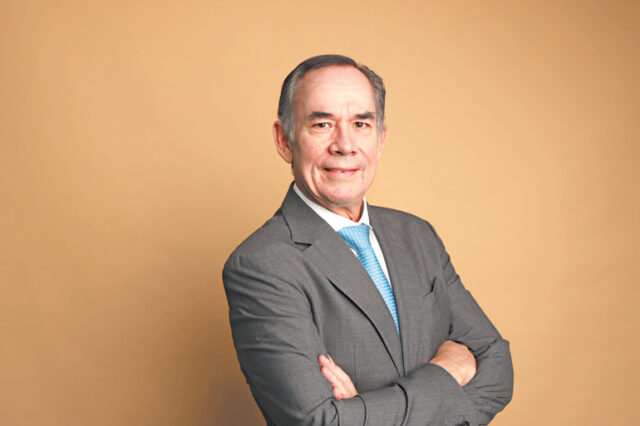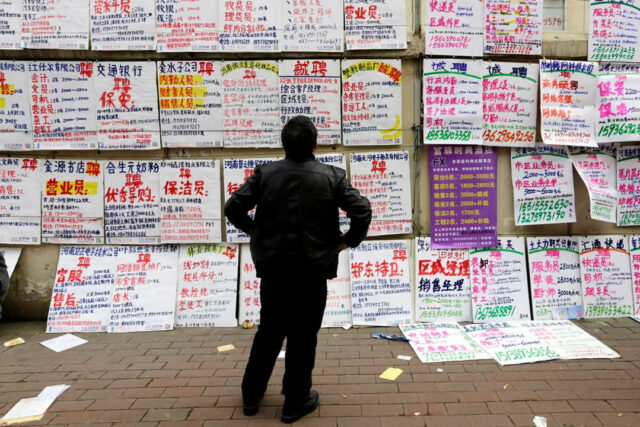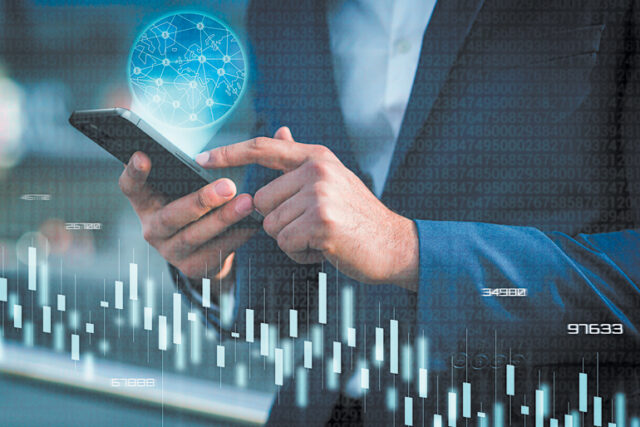Realizing Philippines’ full potential as a tech powerhouse in Southeast Asia
By Bjorn Biel M. Beltran, Special Features and Content Assistant Editor
It has long been known that the Philippines as a market is among the most welcoming in the world when it comes to technology. It is a country of digital natives, who thrive on social media, internet trends, and tech adoption.
In 2021, the government made a statement reinforcing this inherent strength of the Philippine market in the wake of the pandemic by claiming that the country can become “a future technological leader in Southeast Asia.”
That potential has yet to be realized. Digitalization brought about by the rise of e-wallets and digital marketplaces has certainly helped. According to data and analytics firm GlobalData, e-commerce sales in the Philippines are expected to continue to grow and hit P969 billion by 2026 amid increasing consumer preference for online channels.
This year alone, the firm expects to see 22.9% sales growth to P615.7 billion — a slower, but still significant increase after an estimated 31.3% jump to P500.9 billion in 2022.
Yet, there is no indication that the Philippines is close to reaching its full potential as a technological leader. According to the Association of Southeast Asian Nations (ASEAN) Investment Report 2022, venture capital (VC) investments in Southeast Asia continued to grow from the mid-2010s, to reach more than $66 billion in mid-2022. This puts VC investment in the region rose by a factor of 2.6 between 2015 and 2020, outperforming both China and India.
“This phenomenon shows the great innovation potential of ASEAN. The significant growth of VC investments has helped the region to give origin to more than 40 ‘unicorns’ — startups valued at over $1 billion. The now famous post-initial public offering (IPO) of digital giants, the large majority of which operate in the digital economy sector, can also be credited to this growth,” the Asian Development Bank (ADB) wrote in an analysis.
However, such VC investments in ASEAN remain primarily concentrated in Singapore, ASEAN’s leading innovation hub, and Indonesia, ASEAN’s biggest market. It is only recently that the proportion of investments going to countries like Vietnam, Thailand, Malaysia, or the Philippines has grown.
The investments themselves are slowing down, owing to a difficult global environment for investors, but the amounts raised by ASEAN startups were down by around 40% during the second quarter of 2022 compared with the previous year.
“The digital economy so far appears to have remained resilient. Startups and deals related to tech and internet sectors were affected by smaller declines, if any. But investors are now more cautious, especially vis-a-vis late-stage investments, as IPO gains are becoming less likely in the current macroeconomic scenario.”
According to the ADB, Southeast Asia is characterized by strong macroeconomic performance that is expected to grow above 5% in 2022 and 2023, outperforming China for the first time in recent history — a fact that will certainly pique the interest of international and regional investors.
“ASEAN is still perceived by international investors as a high-growth potential and less known Asian market when compared not only to developed Asian economies, like Japan or the Republic of Korea, but also to large emerging ones, like [China] and India,” the ADB said.
“There is also room to expand the role of regional investors. ASEAN-based private equity and VC firms are a growing source of funding for startups and for cross-border activities, but in 2021 they accounted for less than a quarter of investment into ASEAN-focused venture capital funds.”
Creating the first Philippine ‘techglomerate’
Aboitiz Group President and CEO Sabin M. Aboitiz recognizes this opportunity and has since made headlines by proclaiming the “Great Transformation” of the Aboitiz Group into the country’s first ‘techglomerate.’
“There is no better time for conglomerates to start building their techglomerate capabilities in the Philippines than now, because we have a President and administration that cares deeply about building the infrastructure needed for techglomerates to exist and support economic transformation,” Mr. Aboitiz said in an interview.
“This kind of outcome-producing collaborations between the government and the private sector to improve digital infrastructure, for example, has never been seen — at least not at this level. Can you imagine all the techglomerates in our country working together with the full support and collaboration of the government? All that innovation and out-of-the-box thinking — we can really turn the economy around. Which is, of course, what we are trying to do with the Private Sector Advisory Council (PSAC).”
Mr. Aboitiz is one of the business leaders and experts comprising the PSAC who are tasked with supporting the government in meeting its economic objectives across six main sectoral groups. He leads the infrastructure sector.
Other designated sector leads include Aileen Uygongco-Ongkauko, director of La Filipina Uy Gongco Group of Companies, for agriculture; Jose Ma. “Joey” Concepcion III, the president of RFM Corp. and founder of Go Negosyo, an advocacy group for small businesses, who is the sectoral lead for jobs; Henry Rhoel R. Aguda, president and CEO of UnionDigital Bank, for digital infrastructure; Paolo Borromeo, Ayala Healthcare Holdings, Inc. president and CEO, who leads for healthcare; and Lance Y. Gokongwei, JG Summit president and chief executive officer, for tourism.
According to Mr. Aboitiz, their goals of creating the country’s first ‘techglomerate’ aligns with the government’s vision for the country — a future driven by both innovation and by people.
“One of the more defining characteristics of a techglomerate is its ability and responsibility to use innovation, speed, synergy, creative thinking, and all the other techglomerate traits, to benefit the greater good,” Mr. Aboitiz said.
“Whether you’re ‘advancing business and communities’ like we are, or you’re trying to save the planet or improve the lives of people, techglomerates have the ability to do these things faster, better, and stronger. The impact of this then quadruples when you have the government and other techglomerates as partners. So, there’s really no other way. It has to be done together and with everyone at the same caliber and level of commitment.”
It is by no means an easy goal to strive for. Much of the opportunities highlighted by organizations like the ADB hinges on improvements that will enable rapid growth, such as more coherent and cohesive regulations, especially in the digital space, and enhanced improvements in physical and digital infrastructure and cross-country connectivity.
“There are two sides,” Mr. Aboitiz noted. “First, you have the technology aspect of it, which is of course reliant on proper digital infrastructure and access to the latest tech. This issue can only be addressed, as I said, if the Philippine government and the Philippine techglomerates of the 21st century continue to work well together, sharing their resources, support, and expertise.”
“The more difficult obstacle is opening our minds to new and better ideas and ways of doing things — the techglomerate mindset,” he continued. “This can be challenging because it dares us to move out of our comfort zones and try things that might seem intimidating but are actually just unfamiliar to us. It’s just a matter of diving into the pool and realizing swimming isn’t that difficult. Or learning to drive a car or use your new smart phone — seems like a lot of work at first, but becomes second nature in no time.”
Should the Philippines succeed in implementing such a change, Mr. Aboitiz said, it could change everything.
“In terms of the future of work, we have already accepted radical changes, thanks to the pandemic. So, hybrid working is an obvious techglomerate model. Conglomerates never heard of it, while techglomerates embrace it without flinching.”
“But the picture is so much bigger than that,” he added. “If, for example, we know that artificial intelligence will change the world, and if, by definition, a techglomerate optimizes the use of AI, then it would make sense to say that techglomerates, in partnership with the government, will shape or reshape the future of business in the Philippines. Can you imagine how MSMEs (micro, small, and medium enterprises) will change with AI?”












